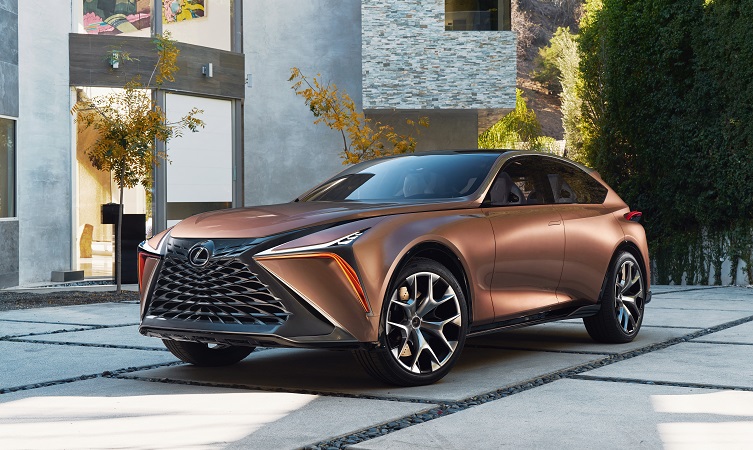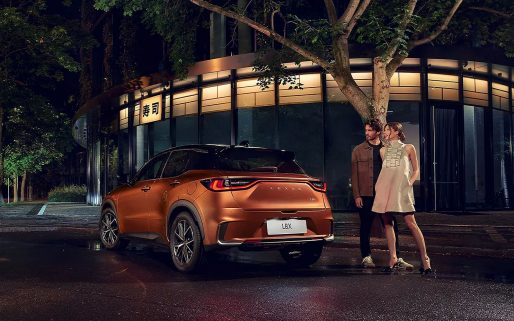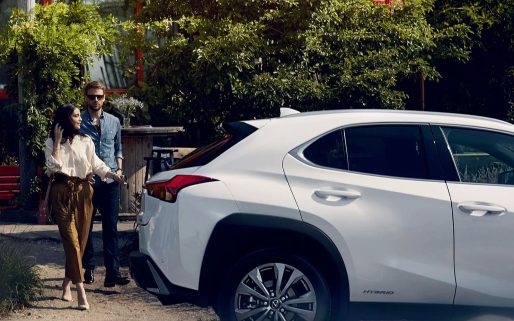Bold, brave concepts propel Lexus into the future and expand our horizons, often through unexpected means and with an energy that makes the seemingly impossible possible. Mobility inspires us and we remain committed to producing cars that tackle the needs of today while exploring the future of the Lexus brand.
To that end, our concept cars have turned heads and quickened heartbeats. From the launch of the Lexus Future line in 2003, the range of visually stimulating and technologically aspirational concept cars has grown to encompass 18 vehicles covering almost every market segment. Scroll down to reveal a chronological overview of all these concepts.
Learn more: How do Lexus Future concept cars translate into production models?
Lexus LF-S: bringing the future home
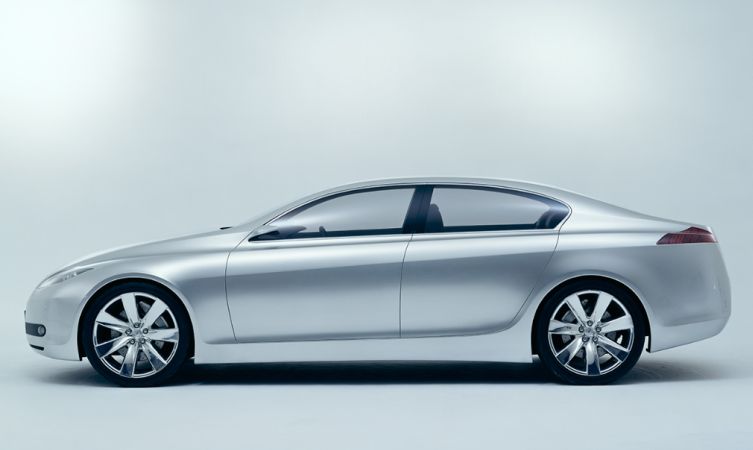
The first Lexus Future concept car was revealed at the 2003 Tokyo Motor Show, and signalled the intention to launch Lexus in its home market.
Unique features of the Lexus LF-S (Lexus Future Sedan) concept included side-mounted cameras instead of mirrors, an airstream-style windscreen cleaning system, transparent panoramic roof with security illumination, and keyless entry. Design cues such as the slingshot cabin profile and rear boot lid styling appeared in the third-generation Lexus GS.
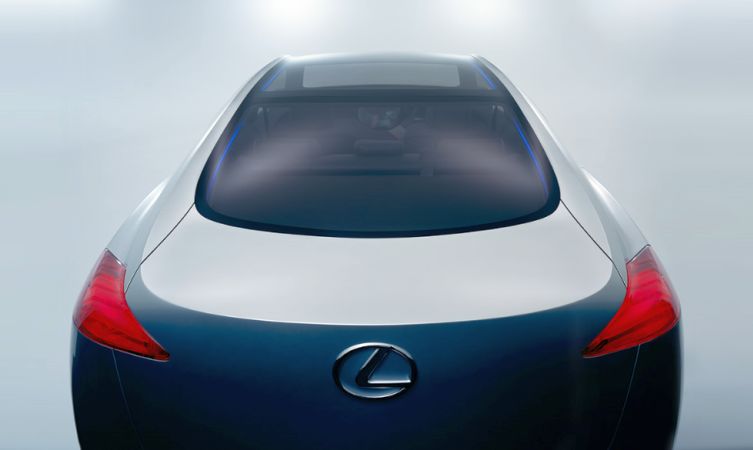
The Lexus LF-S was powered by a high-output hybrid V8 system with all-wheel drive, marking the conceptual debut of a Lexus vehicle with hybrid technology.
Lexus LF-X: cross-over to the future
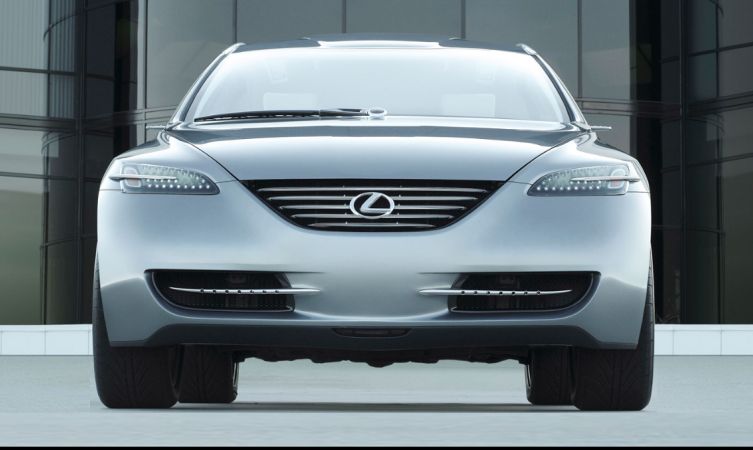
The Lexus LF-X (Lexus Future Crossover) concept was similarly revealed at the 2003 Tokyo Motor Show and was designed to fill the niche between the RX crossover and full-size GX SUV available in the North American market. Based on the Lexus GS 430 platform, it was equipped with a 300bhp V8 engine and offered three rows of seats.
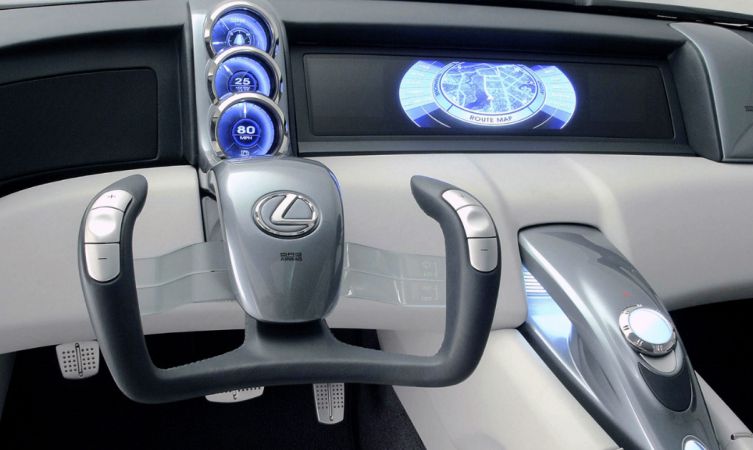
A thrilling glimpse at the future of automotive design, the cockpit held more in common with a sleek, high-tech jet than any crossover on the market. The instrument panel was designed to be customisable for size, position and colour, while rear entertainment screens could be deployed from the centre console.
Lexus LF-C: convertible innovations
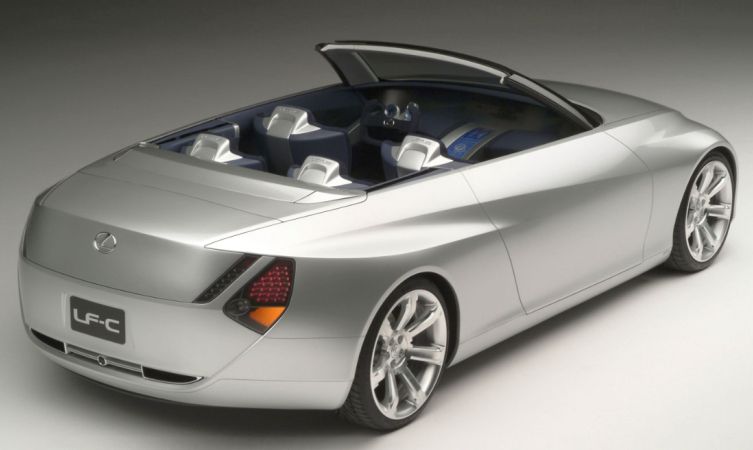
The Lexus LF-C (Lexus Future Convertible) was unveiled at the 2004 New York Auto Show and featured a retractable hardtop design that offered coupe, convertible, targa or speedster configurations via a four-position glass roof.
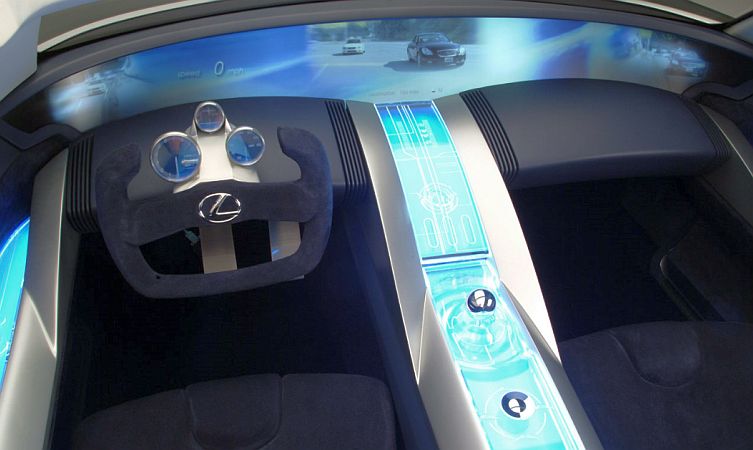
Additional unique features included a one-touch activation button, crystal LED rear lenses, suede bucket seats, 3D instrument panel, drive-by-wire throttle control, and a translucent crystal centre console with blue backlighting. The Lexus LF-C also featured retractable rear-view cameras in place of the door mirrors.
Design themes seen in the Lexus LF-C hinted at design cues that would appear in the forthcoming second-generation IS as well as the possibility of a convertible derivative.
Lexus LF-A: debut of the Lexus supercar
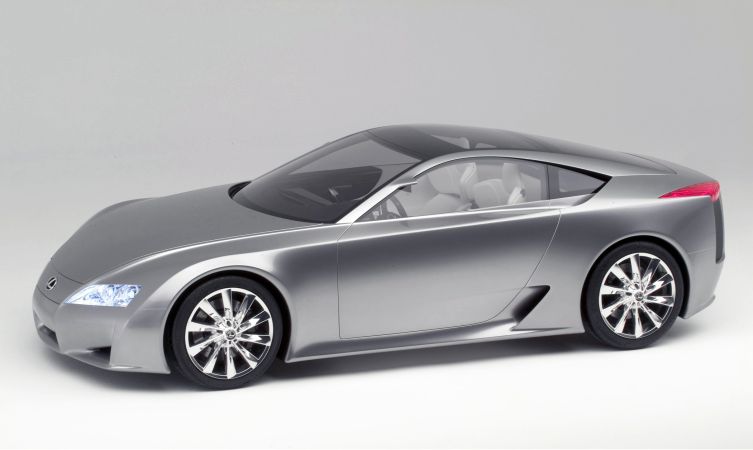
The Lexus LF-A (Lexus Future Advance) concept made its first debut among a blur of camera flashes at the 2005 Detroit Motor Show. Even though the schedule for putting the concept car into production remained in question, some key elements about the vehicle were revealed. These included the fact that its V-format engine would produce more than 500bhp from less than five litres of displacement and deliver a top speed in the region of 200mph.

Motoring journalists visiting the show from around the world were unable to hide their delight and surprise at the debut of a Lexus supercar, barraging chief engineer Haruhiko Tanahashi with rapid-fire questions about this high-profile project.
Lexus LF-Sh: pursuing perfection
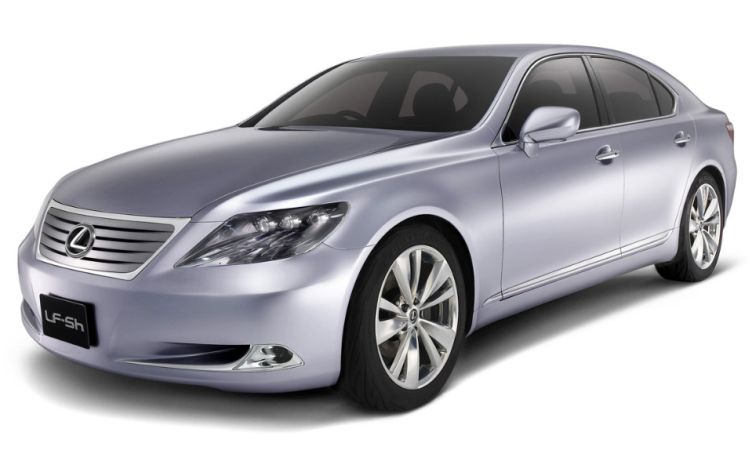
Unveiled at the Tokyo Motor Show in late 2005, the elegant Lexus LF-Sh (Lexus Future Sedan hybrid) was originally an exterior concept only as the interior reveal was saved for the North American Motor Show the following year.
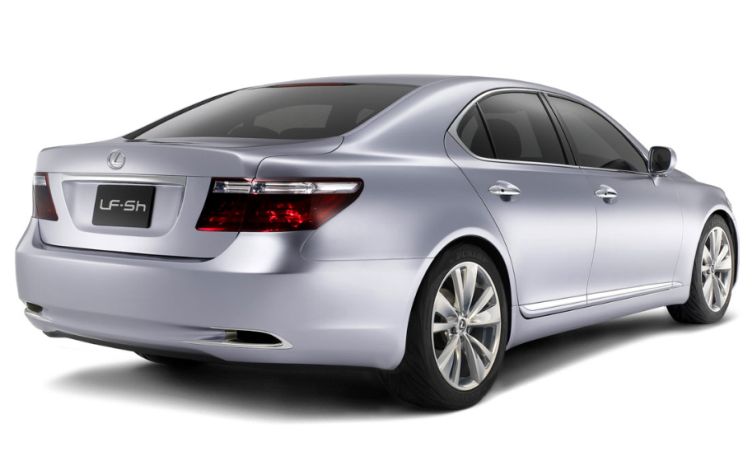
Very close in appearance to the production fourth-generation Lexus LS that arrived soon afterwards, the Lexus LF-Sh featured innovations such as LED headlamps, exhaust vents integrated into the rear bumper, and an all-wheel drive hybrid drivetrain, all of which were eventually added to the LS model range.
Lexus LF-Xh: bold and breathtaking
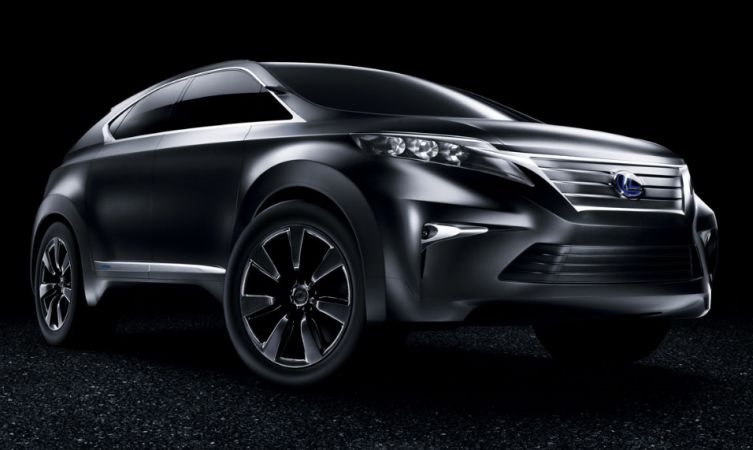
With dramatic styling that represented a bold further evolution of L-finesse design, the Lexus LF-Xh (Lexus Future Crossover hybrid) demanded immediate attention when it was unveiled at the 2007 Tokyo Motor Show.

Beneath the fluid curves and sharpening angles of this futuristic crossover concept lay the Lexus Hybrid Drive system already found in the Lexus RX 400h, which delivered smooth, quiet performance allied to fuel efficiency and low emissions.
Lexus LF-A: supercar disruption
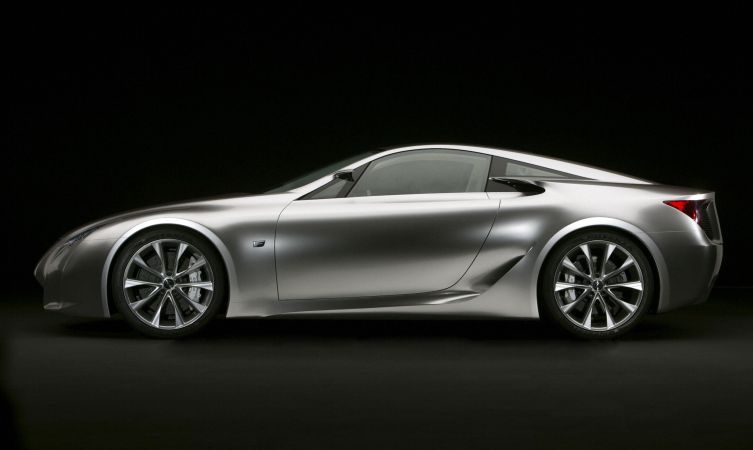
The second Lexus LF-A concept of 2007 featured a more aerodynamic exterior, a near-production specification interior, and F marque emblems. Later that year, indications were made that the engine would be a V10 and that hybrid versions were also being evaluated.

Test mules continued to be spotted being tested on track, including early models with a large, fixed rear wing. In December 2007, it was reported that the LF-A concept had set an unofficial 7min 24sec lap record around the Nürburgring Nordschleife.
Lexus LF-AR: convertible awe
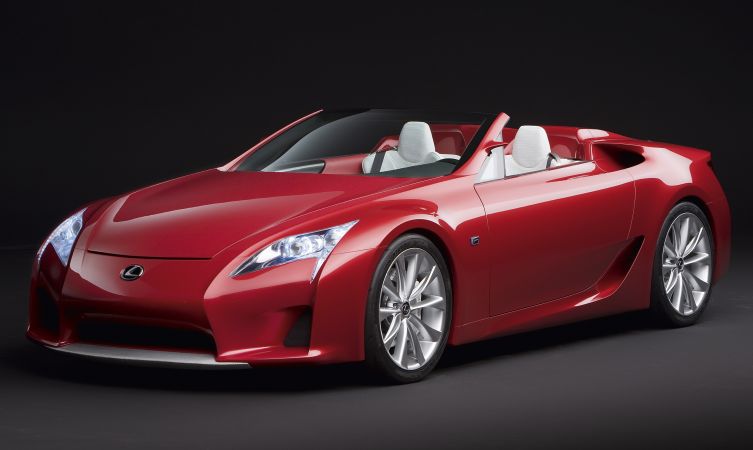
The Lexus LF-AR (Lexus Future Advance Roadster) concept was unveiled at the 2008 Detroit Motor Show as the third and final iteration of the LF-A series before the production model arrived.
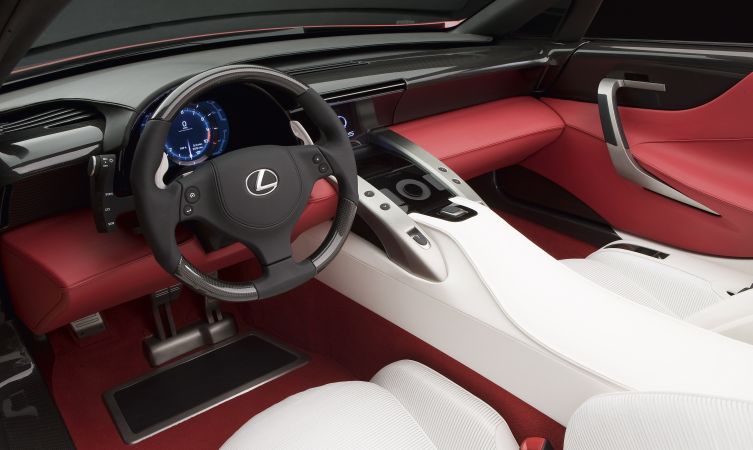
Bearing the same strong yet lightweight carbon fibre and aluminium body as the second LF-A coupe, this convertible version was also powered by the high-revving V10 engine, resulting in a vehicle that transformed the pleasure of open-topped motoring into an adrenaline-charged, one-of-a-kind driving experience.
Lexus LF-Ch: no-compromise compact luxury
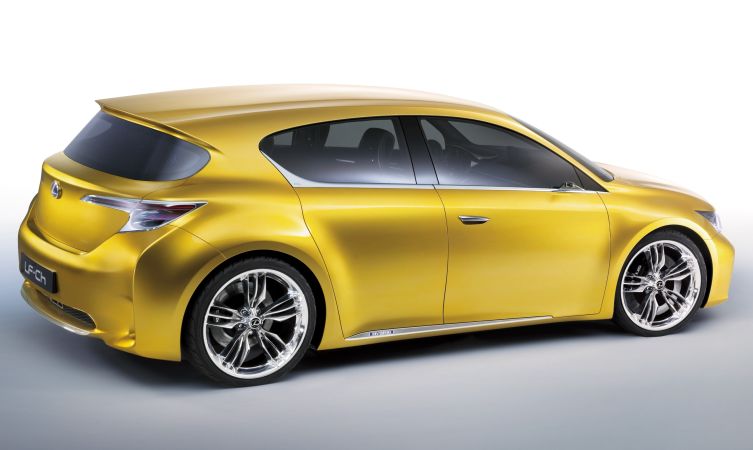
The Lexus LF-Ch (Lexus Future Compact hybrid) concept made its world debut in 2009 at the Frankfurt motor show, reflecting the growing demand for smaller, more environmentally sensitive vehicles that offer no compromise in levels of refinement and driving pleasure.
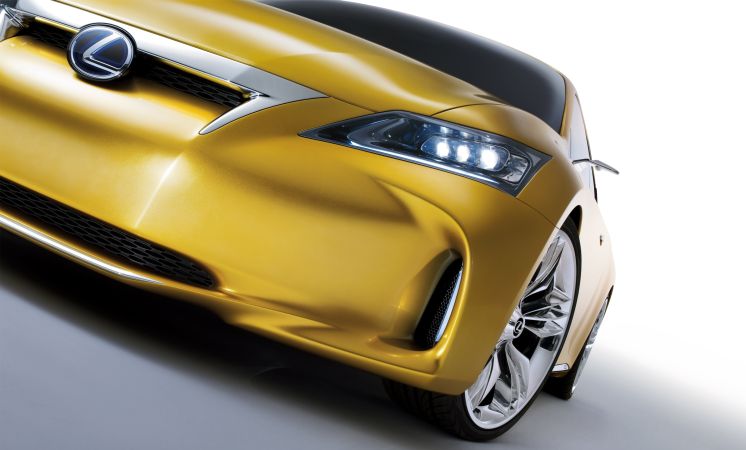
The concept’s fluid body styling marked another evolution of Lexus L-finesse design philosophy, from the visual harmony between the interior and exterior designs, through to its leading-edge engineering and technology. Its full hybrid powertrain delivers the performance, low fuel consumption and emissions expected of a premium Lexus hybrid vehicle.
Lexus LF-Gh: future of luxury sports hybrids
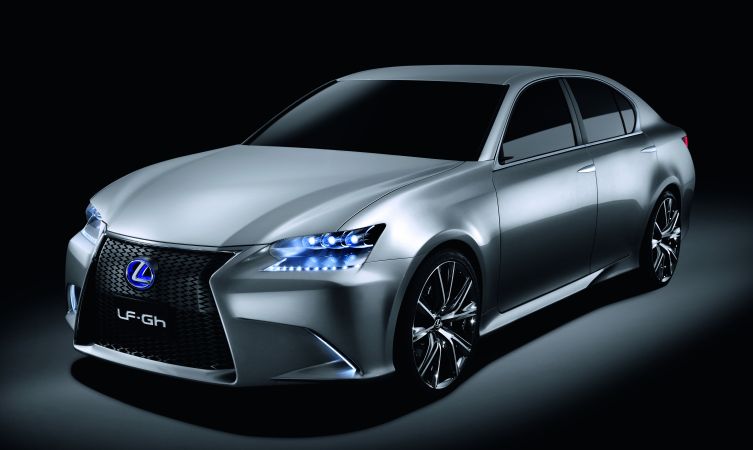
The Lexus LF-Gh (Lexus Future Grand-touring hybrid) concept debuted at the 2011 New York International Auto Show, and was designed to set new standards within the luxury sports saloon segment.
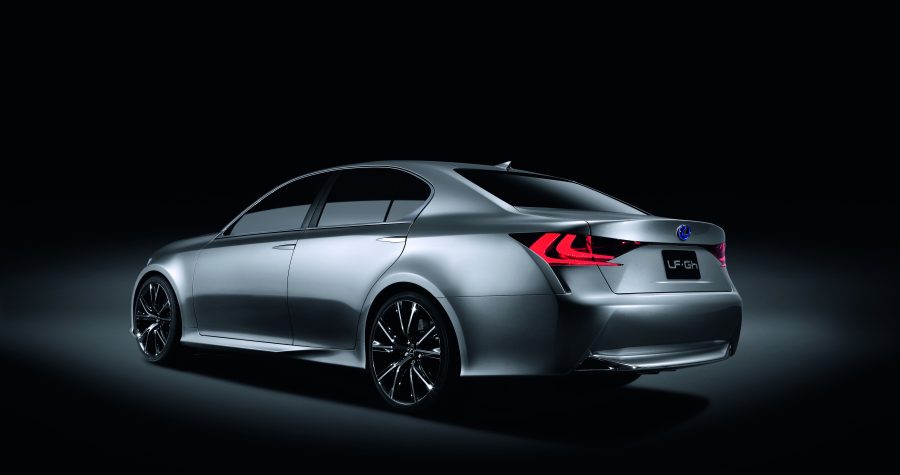
It aimed to deliver a harmonious blend of form and function by integrating often contradictory elements such as aerodynamics and cooling operations within the overall design, such as within the emboldened spindle grille and slim outlets at the rear. Many of these cues were directly translated into the design of the fourth-generation Lexus GS.
Lexus LF-LC: start of something big
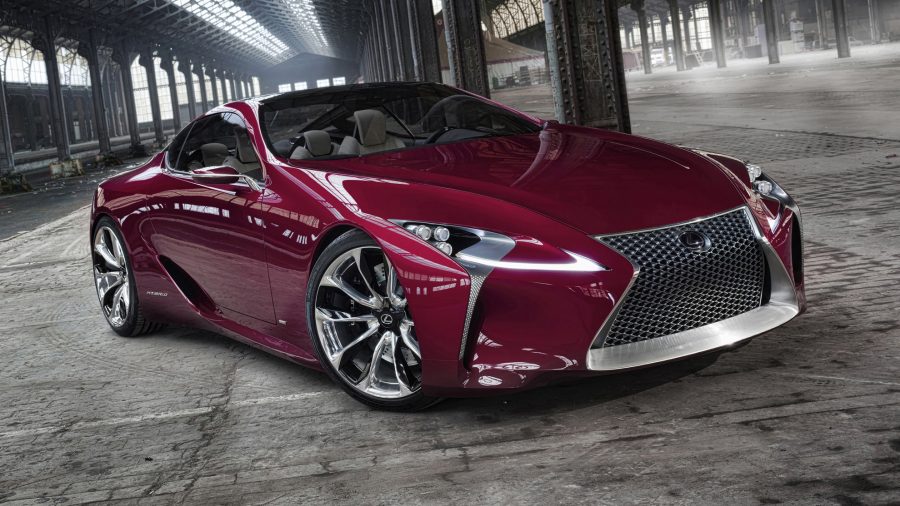
Originally displayed in red for the North American International Motor Show, the Lexus LF-LC (Lexus Future Luxury Coupe) was repurposed for its unveiling in Australia in October 2012. The new opal blue paintwork was inspired by the lustrous colour found in the naturally occurring semi-precious opal stone found in the Outback.
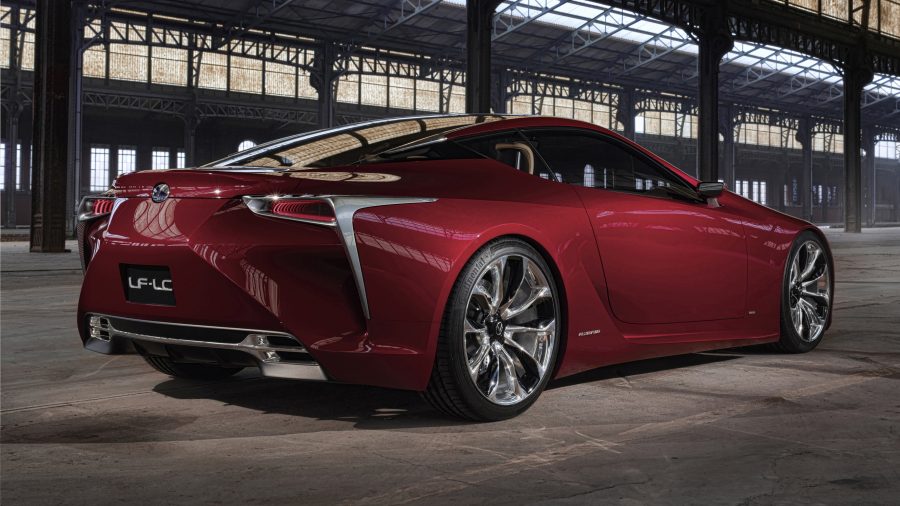
The Lexus LF-LC leverages the technology seen in the LFA by marrying carbon fibre and aluminium alloy materials to achieve a light and driver-responsive body mass. It also featured advanced Lexus Hybrid Drive technology, with a powerful Atkinson cycle combustion engine and high-energy battery pack developing a powerful 438bhp.
Lexus LF-CC: L-finesse evolution

Drawing inspiration and design elements from the Lexus LFA and award-winning LF-LC, the Lexus LF-CC (Lexus Future Compact Coupe) concept was another aerodynamic design powered by an all-new 2.5-litre four-cylinder, full hybrid powertrain to deliver the power of a sporting coupe with low emissions. It was revealed at the 2012 Paris International Motor Show, previewing the appearance of the third-generation Lexus IS.
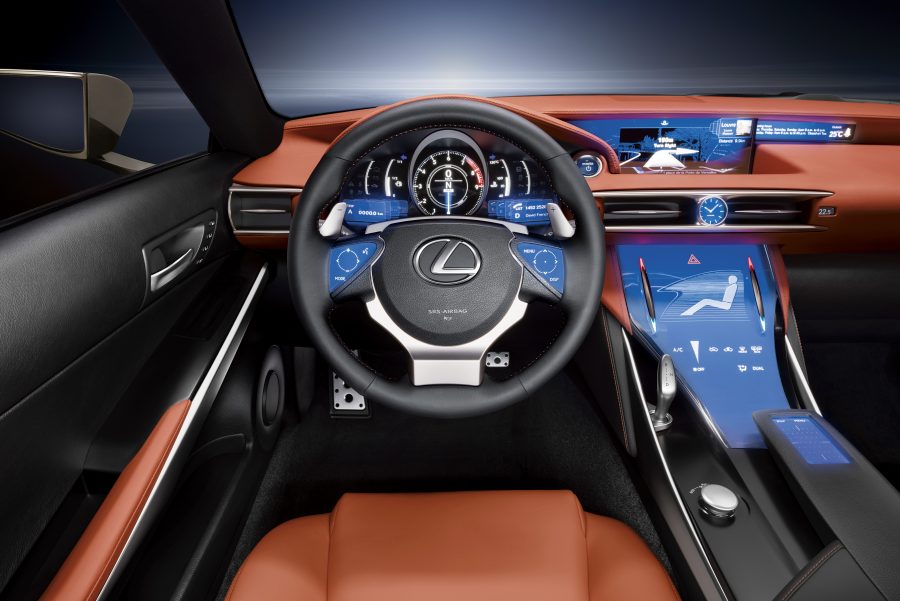
The latest evolution of L-finesse design language featured the signature spindle grille flanked by a super-bright triple LED projector headlamp design. Inside, the split zone dashboard created a focused yet elegant driving environment, with a warm amber leather finish across the seats, door panels and instrument binnacle.
Lexus LF-NX: crossover distinction
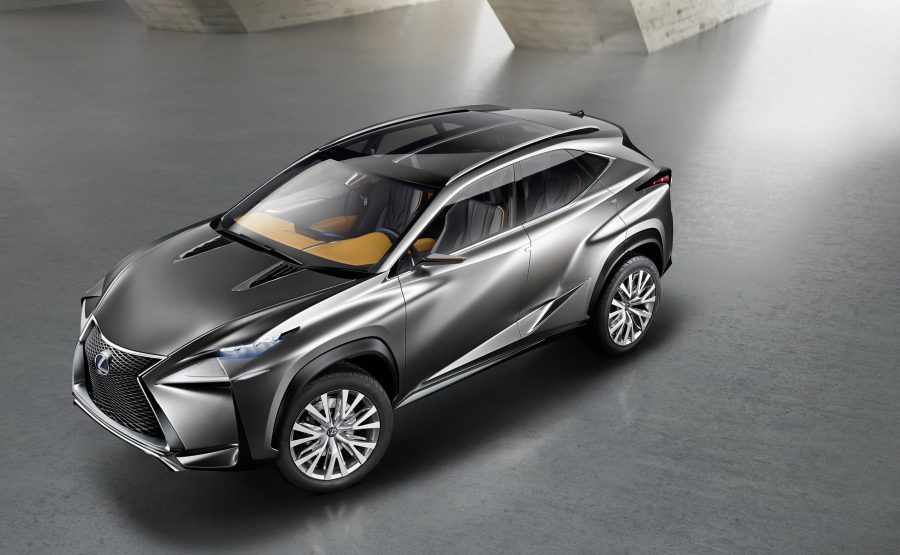
The distinctive Lexus LF-NX (Lexus Future Nimble Crossover) concept was revealed at the 2013 Frankfurt motor show and explored the potential for a compact crossover within the Lexus model range. It also featured a new variant of Lexus Hybrid Drive tuned for SUV performance.
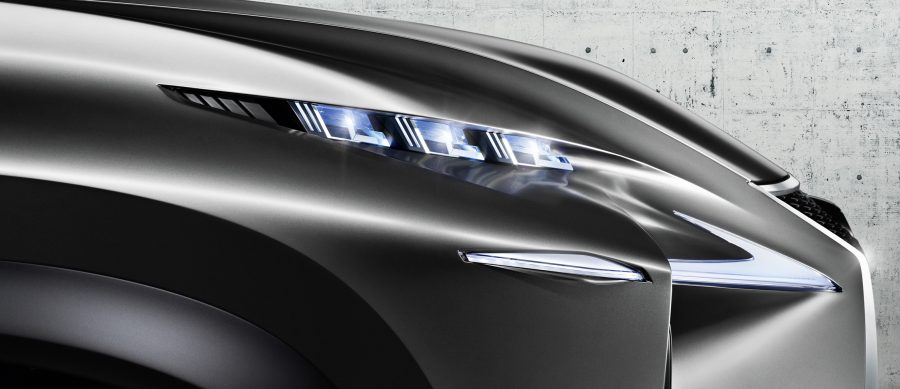
More overtly sculptured than any preceding Lexus concept, the signature spindle grille dominated the front end, while the muscular arches and silhouette were designed to look both athletic yet typical of the urban crossover breed. Inside, there were bold forms and carved metal surfacing in a new ‘human-oriented’ environment that organised controls into separate operation zones.
Lexus LF-C2: open-air luxury
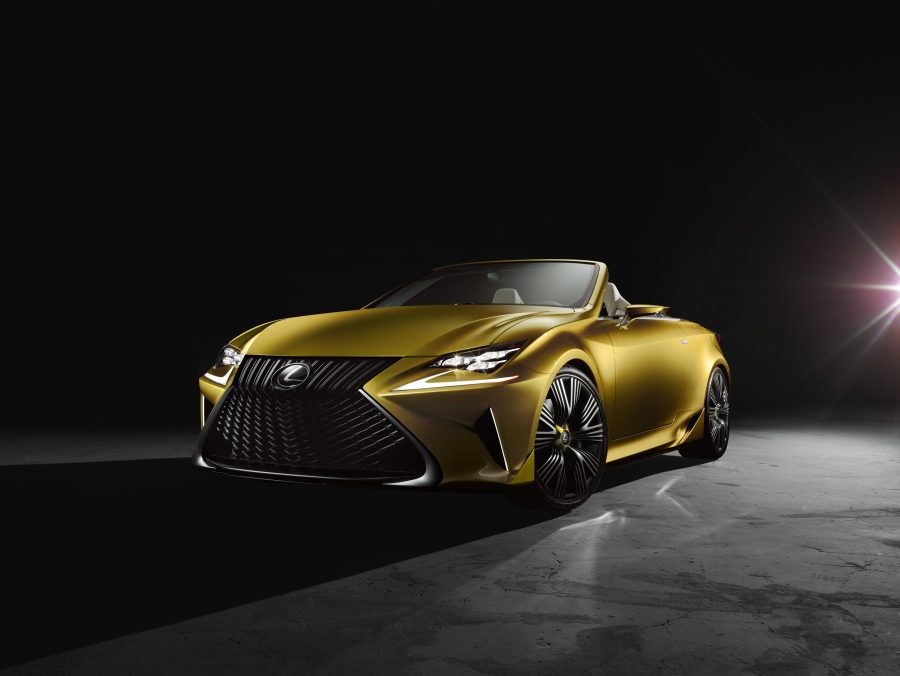
The Lexus LF-C2, revealed at the 2014 Los Angeles Auto Show, was a grand touring concept with a highly styled and totally exposed 2+2 seating layout. The styling was influenced by the way various surface shapes interact with different types of light. Designers created edges, planes, curvature and a layered paint process that allowed the LF-C2 to exude different characters when seen from different angles and under different lighting conditions.
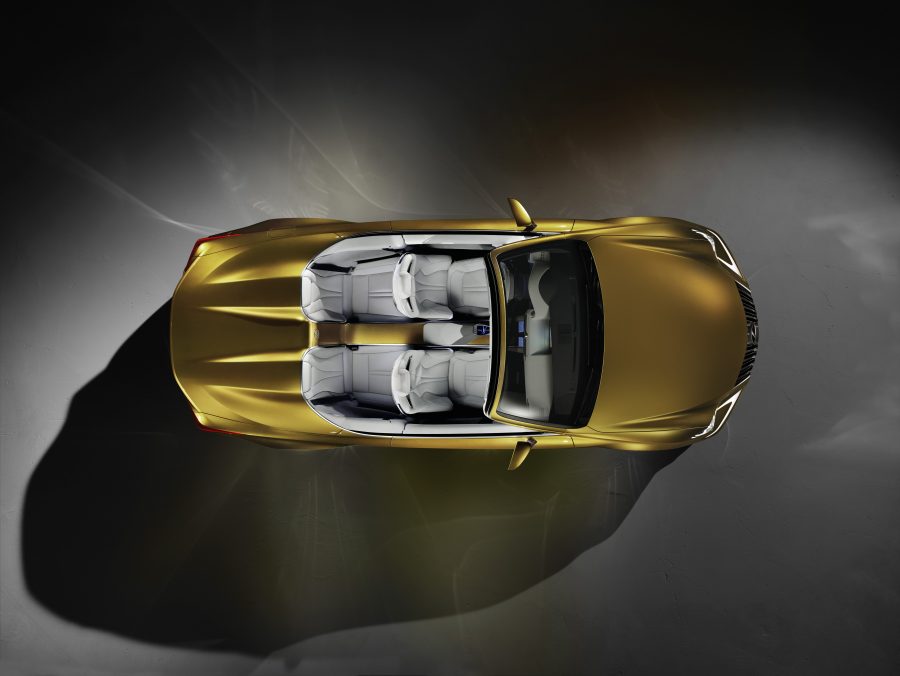
Inside, the Lexus LF-C2 treated its occupants to a luxurious and spacious cabin. Of particular note is the way it incorporates the exterior with a special centre console treatment that originates from the rear deck and runs down the length of the cabin all the way to the dashboard.
Lexus LF-SA: ultra-compact urban 2+2
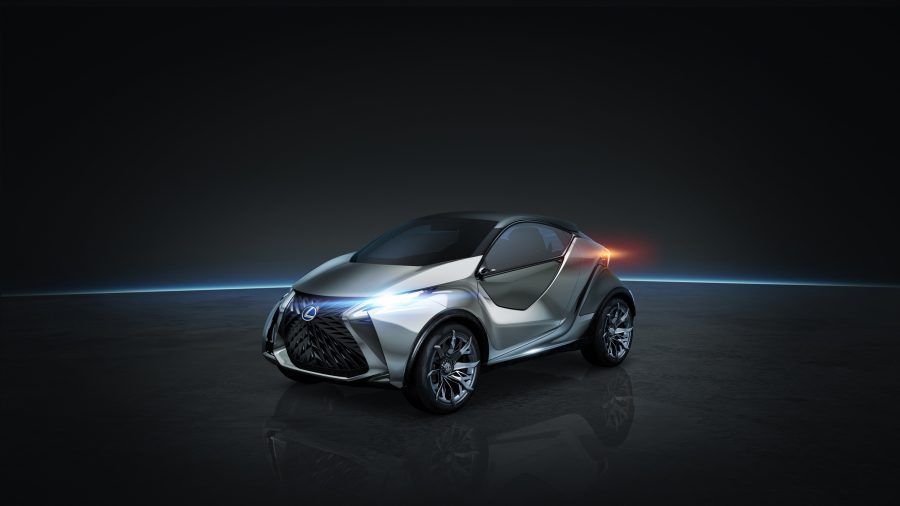
Designed to illustrate its passion for identifying upcoming design trends, the Lexus LF-SA (Lexus Future Small Adventurer) concept explored a bold and emotional solution to the sub-B segment Lexus currently does not compete in.
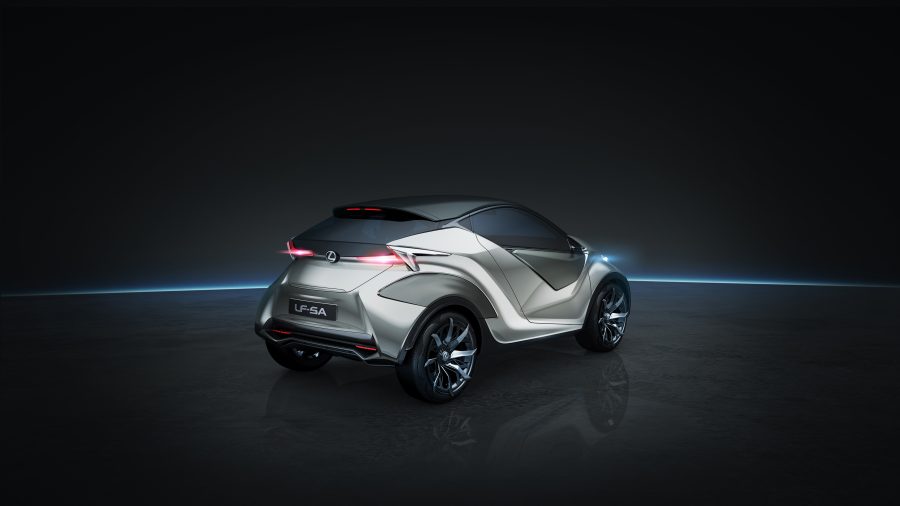
Reflecting the spirit of weekend adventure in everyday city driving, the LF-SA predicts a future in which Lexus drivers will still be able to enjoy the real life luxury of driving themselves, while also benefiting from the latest in on-board connectivity, infotainment and safety. The spirit of adventure is even reflected in the colour scheme; the silver exterior finish a reference to space exploration, the interior inspired by the spectacle of a solar eclipse.
Lexus LF-FC: beyond the conventional
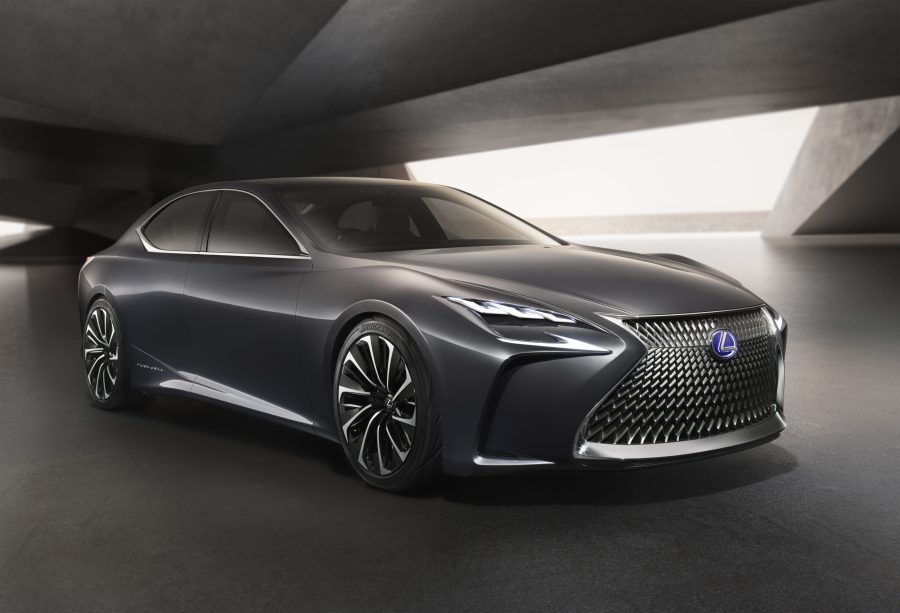
The visionary Lexus LF-FC (Lexus Future Flagship Car / Fuel Cell) concept was revealed at the 2015 Tokyo Motor Show and offered a compelling peek into the design and technology direction of the brand’s future flagship saloon. The styling embodies L-finesse design philosophy with an elegant yet purposeful exterior design mated to a luxurious, comfortable and futuristic interior.
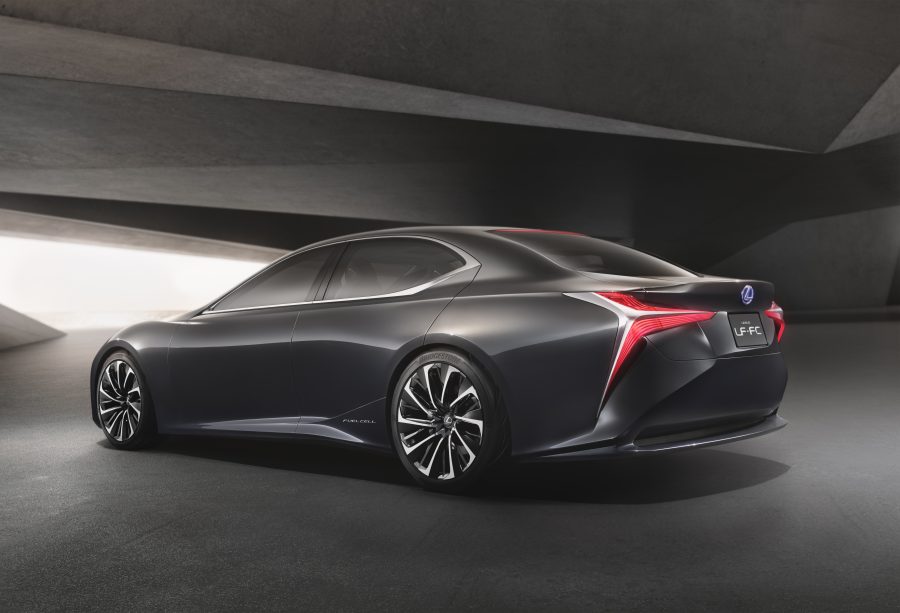
Innovation features prominently in the LF-FC concept. At its heart is a high-output fuel cell power system that powers all four wheels. Interior technology is highlighted by an advanced human machine interface centred around a holographic image, while automated driving technologies help provide a safe and efficient driving experience.
Lexus LF-1 Limitless: the flagship crossover
The LF-1 Limitless, first introduced at the 2018 North American International Auto Show, introduced Lexus enthusiasts to the design study for a new luxury vehicle genre – the flagship crossover.

Combining high performance with unrestrained luxury, it was a showcase for advanced driving technologies, innovation and the latest evolution of Lexus design. Its innovative looks were designed to fuse the organic shapes of liquid metal with the sharp edges associated with a traditional Japanese katana sword.
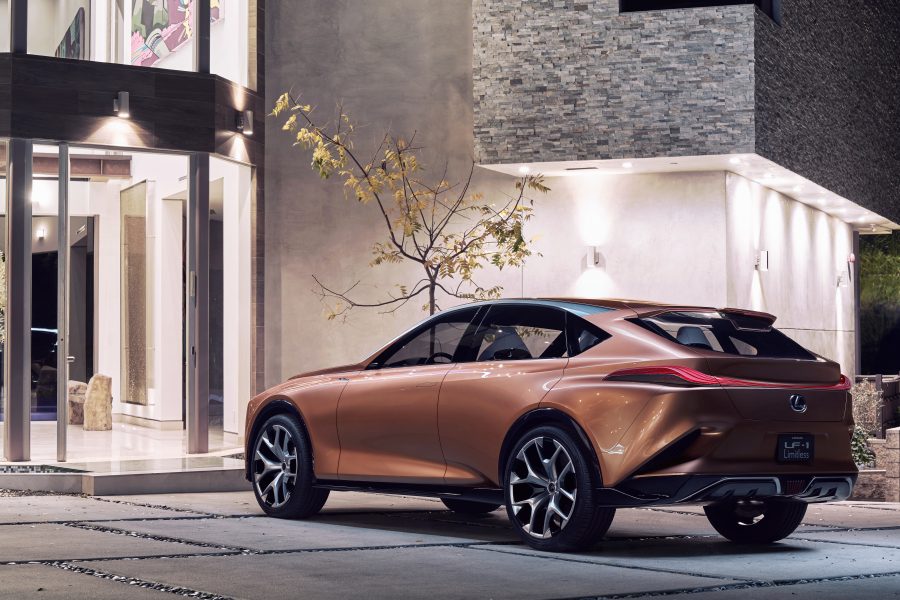
Inspired by the RX, which pioneered the luxury SUV segment two decades previously, the new concept was designed to cater for customers’ increasingly diverse lifestyles. It explored limitless new possibilities and capabilities, and was also engineered to use many different powertrains: fuel cell, self-charging hybrid, plug-in hybrid or battery electric.
Lexus LF-30: vision of future electrification
The LF-30 concept embodies the new Lexus Electrified vision and was revealed at the start of 2020 as a special commemoration of 30 years of the Lexus brand. Its styling displayed the advanced image expected of a battery electric vehicle, yet with artistic qualities that result in a futuristic form. Meanwhile, the LF-30’s interior assertively weaves in autonomous driving and other new technologies that aim to highlight the distinctive Lexus personality and world view.

Performance is rooted in our tried and trusted hybrid systems but enhanced with the latest EV technologies. Precise regulation of the in-wheel electric motors is said to deliver a fundamental leap in vehicle performance, offering posture control that is not possible in conventional vehicles.
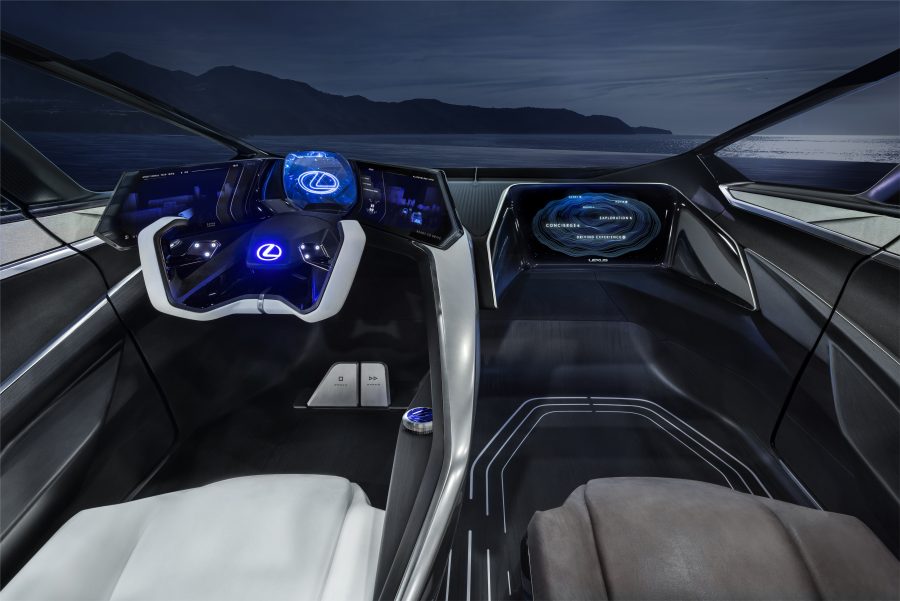
Taking our human-centred philosophy to a higher level, the cockpit design is based on a new Tazuna concept, which is inspired by the way a single rein can create mutual understanding between a horse and rider. The LF-30 therefore uses next-generation interfaces, such as gesture control and the presentation of vehicle information using augmented reality. The result is an interior that is comfortable and convenient for both driver and passengers.
Lexus LF-Z Electrified: the dawn of a new electric era
The LF-Z Electrified concept signals future initiatives and the start of an era of brand evolution for Lexus, incorporating driving performance, styling and technologies that Lexus plans to realise by 2025. It will further advance the Lexus Driving Signature, bringing together expertise gained in performance car development with new opportunities offered by electrified powertrains to give the driver exceptional responsiveness and a sense of being fully connected with their car.
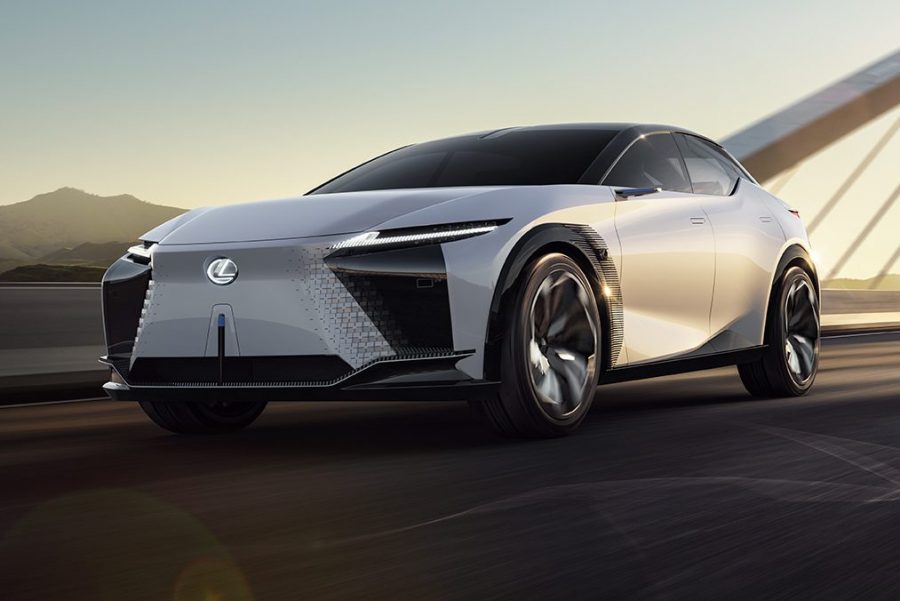
Its use of a dedicated EV platform is a fundamental step in realising the Lexus Electrified goal of “using electrification technology to achieve a significant evolution in basic vehicle performance.” The new DIRECT4 all-wheel drive control system also sets the concept apart from conventional vehicles.
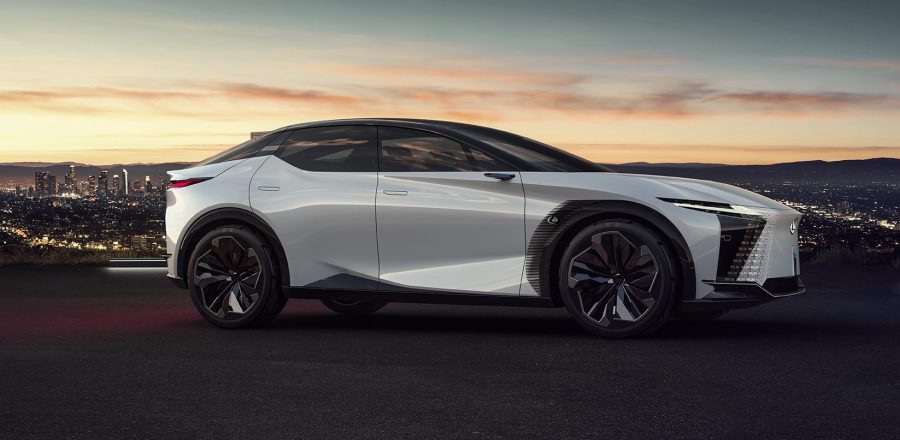
Inside, the LF-Z Electrified takes Lexus’s core human-centred approach Tazuna concept to a higher level. The interior is inspired by the relationship between a horse and rider, where commands are communicated by the use of the reins, interpreted here by the close coordination of switches on the steering wheel and a head-up display. This allows the driver to access vehicle functions and information intuitively, without having to move their line of sight and while keeping their attention on the road ahead.
Lexus concept cars: the anomalies
So far, Lexus has delivered consistency throughout its concept car history: the ‘LF’ prefix is always separated from a descriptive, alphanumeric suffix by a hyphen. But in recent years we have experienced three anomalies that have not followed this pattern.
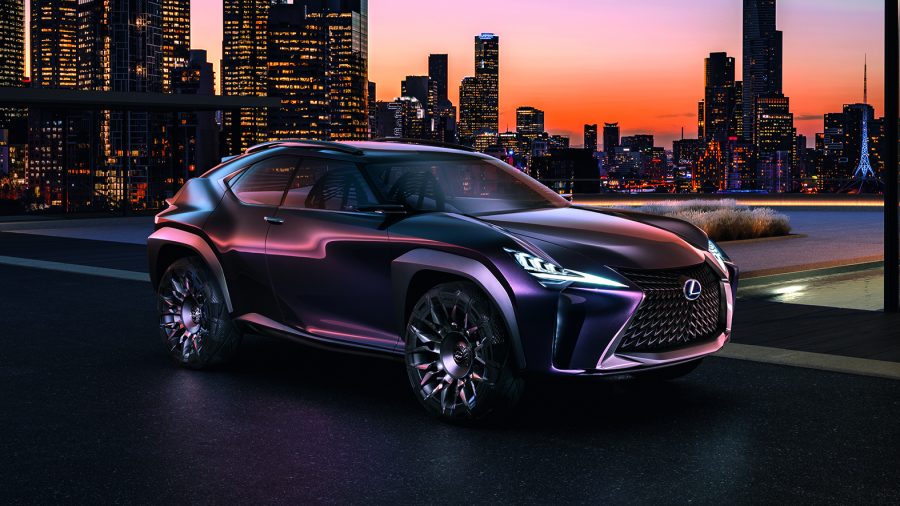
The first was the radical Lexus UX crossover concept, which made its debut at the 2016 Paris motor show. The UX (Urban Crossover) explored the possibility of a new kind of four-seat crossover that contrasts the almost brutal appearance and 4×4 presence of an off-roader with a low ground clearance and coupe-like driving position. This reinforced the promise of dynamic performance that’s embedded in the design’s compact packaging.
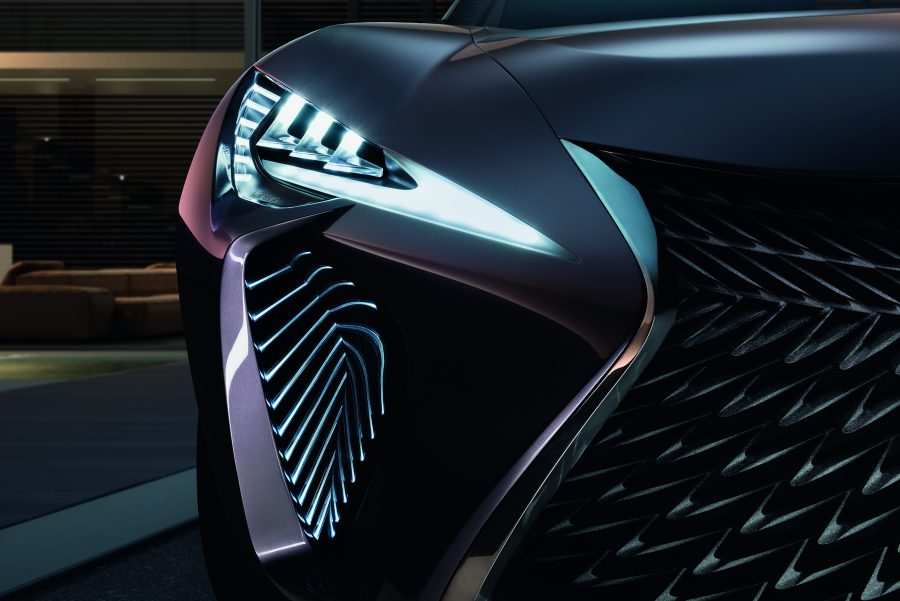
The second was the Lexus LS+ Concept that premiered at the 2017 Tokyo Motor Show. In some respects it was similar to the LF-FC, but whereas that car was focused more towards its fuel cell powertrain, the LS+ predicted what state-of-the-art technologies might be available in a future LS flagship saloon. Chief among these were automated driving capabilities that Lexus revealed are scheduled to become available during the 2020s.
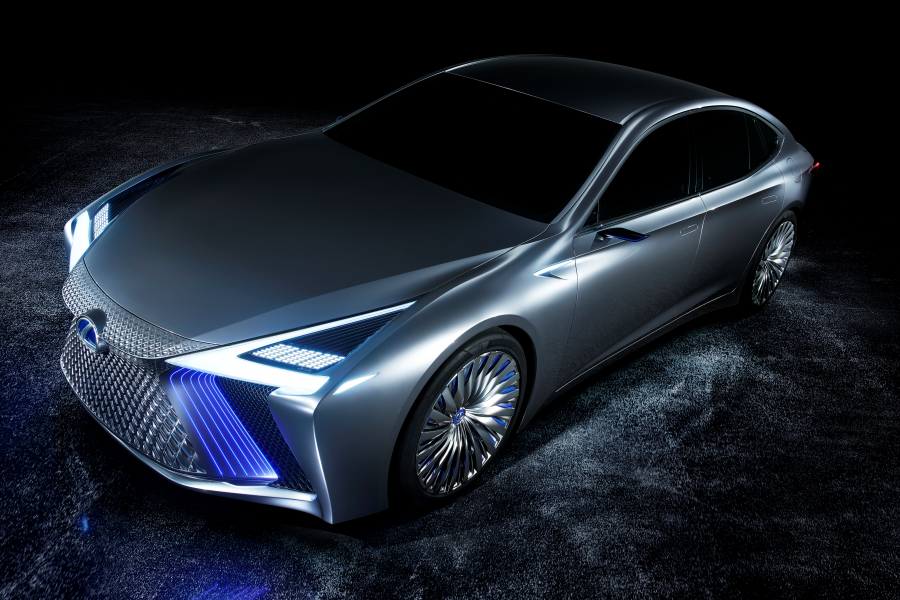
The most recent anomaly was the svelte LC Convertible Concept, which was unveiled at the 2019 Detroit motor show to gauge public reaction to the possibility of an open-top version of the flagship LC coupe. ‘Ultimate beauty’ was sought in its design, from the rake of the windscreen to the smooth contours of the rear deck lid that housed the retractable top. Every line was said to be drawn to evoke an emotional response. And as we now know, the response it elicited was an unequivocal call to “Build it!“]
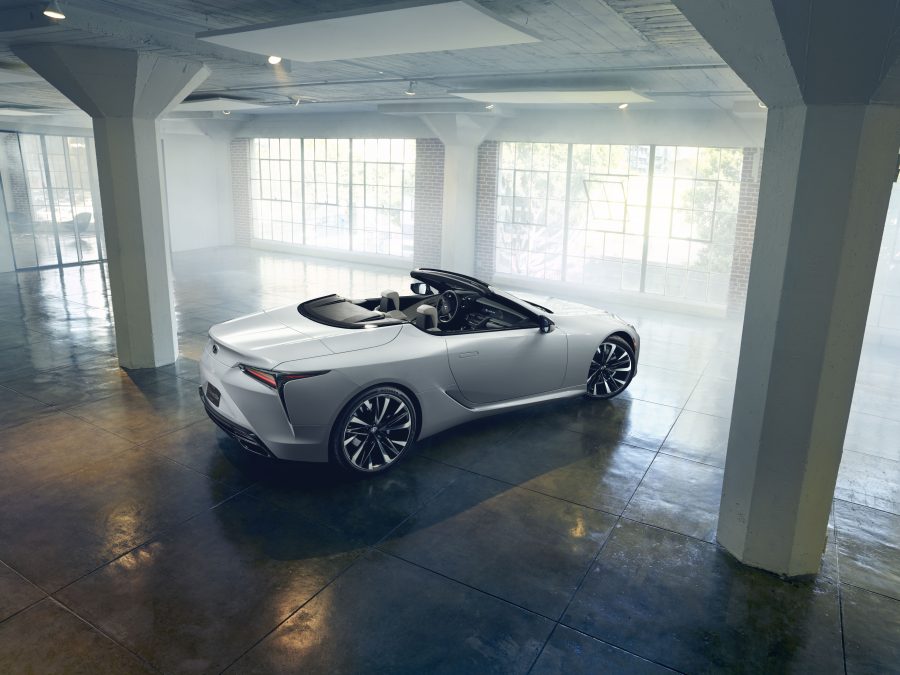
Read more: Untold history of the Lexus LFA
